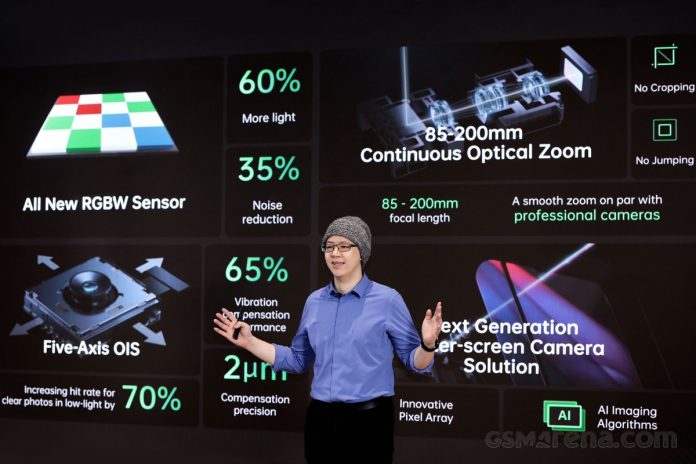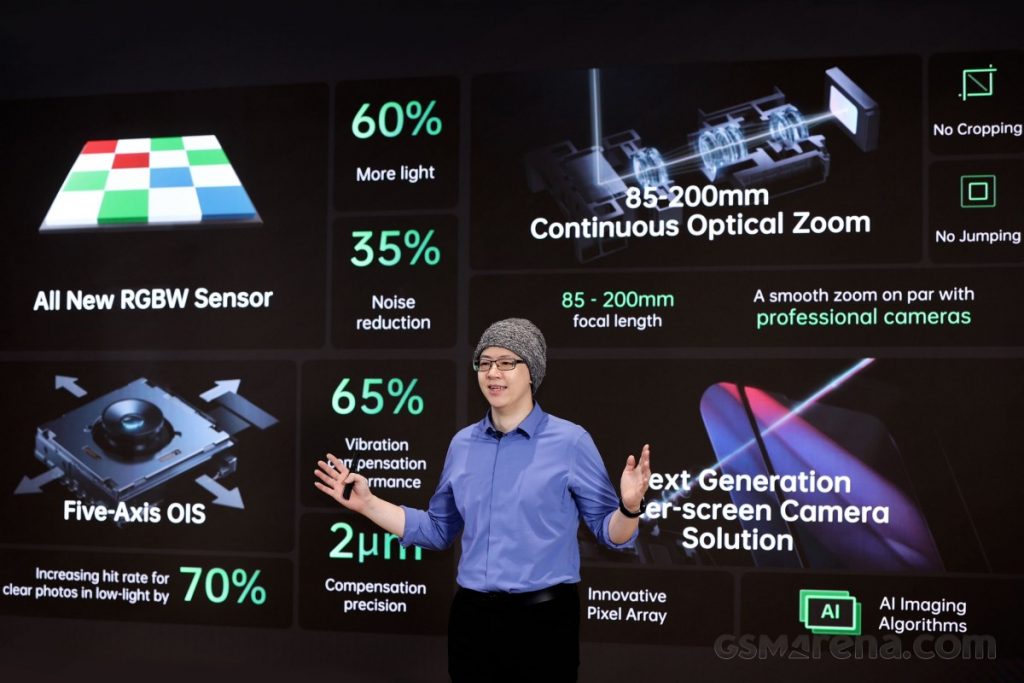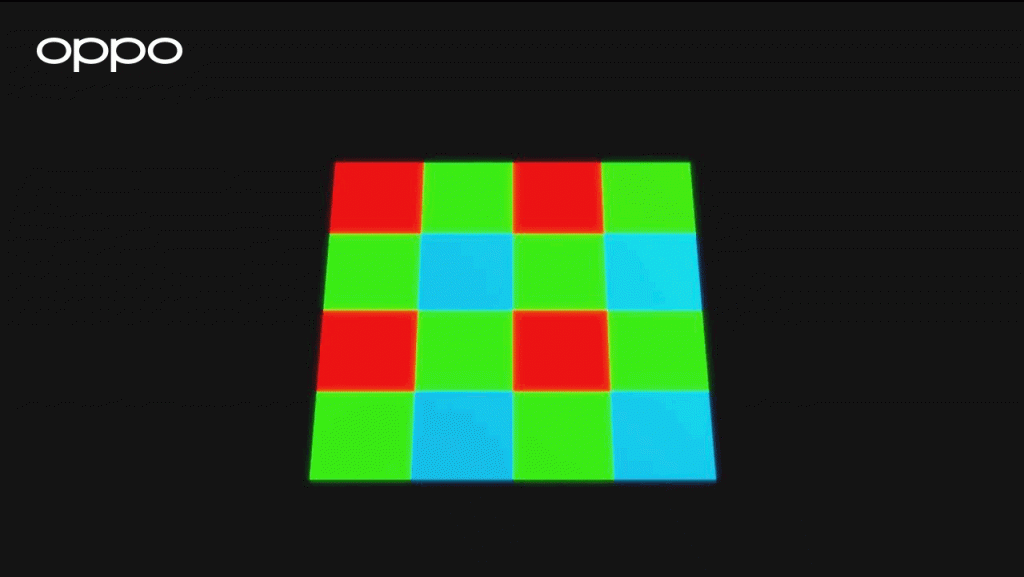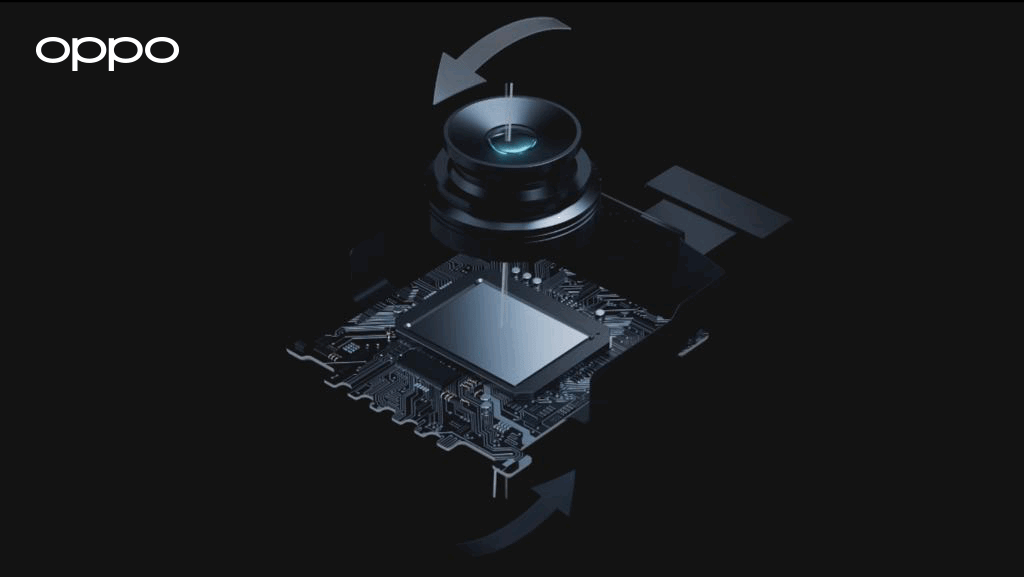Oppo announced their latest smartphone photography advancements today, which will be incorporated into their devices later this year.
Oppo’s Director of Imaging Simon Liu introduced a new sensor, a variable zoom lens, new lens and sensor stabilization, and an improved algorithm to control pixels over the next-generation under-display cameras.
Introducing the new RGBW sensor:
The new RGBW sensor from Oppo has white subpixels working together with red, green, and blue pixels, resulting in a 4-in-1 pixel binning. According to Oppo, it uses ‘groundbreaking’ DTI (deep trench isolation) to reduce pixel crosstalk and improve image quality. By using 4-in-1 binning, colours are refined and moire patterns are prevented.
Oppo claims that eliminating every other colour filter allows for 60% more light to be captured and a 35% reduction in noise over conventional sensors.
We are unclear what size and resolution the new sensor will be, but we think it will be available in Q4 of this year.
OPPO 85-200mm Continuous Optical Zoom
Oppo has released its most interesting announcement yet. With moving lens elements, it allows for continuous optical zoom between 85mm and 200mm.
A tunnel magnetoresistance (TMR) sensor is used by the module to allow its lenses to move precisely and steadily. Combined with two ultra-thin aspheric glass lenses, the lenses are made from a combination of glass and plastic. Lastly, there is a guiding shaft motor that moves the device.
Multi-lens camera systems can be avoided by using this solution. This can reduce colour and white balance inconsistencies between cameras.
Oppo hasn’t disclosed when we can expect continuous optical zoom in a production device. Secondly, having such a large module for a phone would require a small sensor as well as a relatively dim aperture, which would likely mean that it would need to be paired with a relatively large sensor. All this is hypothetical for now.
OPPO 5-axis OIS
Newly developed OIS technology from Oppo maintains both lens and sensor stability simultaneously. It uses the diagonal shifting (X) and vertical shifting (Y) of the lens mechanism for low movement. A sensor shift detects increased horizontal (X) and vertical (Y) movements, as well as rolling.
Oppo’s upcoming UDC camera algorithms:
OPPO develops algorithms for next-generation cameras under the display
Lastly, Liu discussed a new algorithm for controlling the pixels on Oppo’s next-generation under-display cameras.
Using the new algorithm, the camera will have a 400ppi resolution. Oppo promises improved temperature control and improved pixel circuit wiring in addition to transparent wiring.









